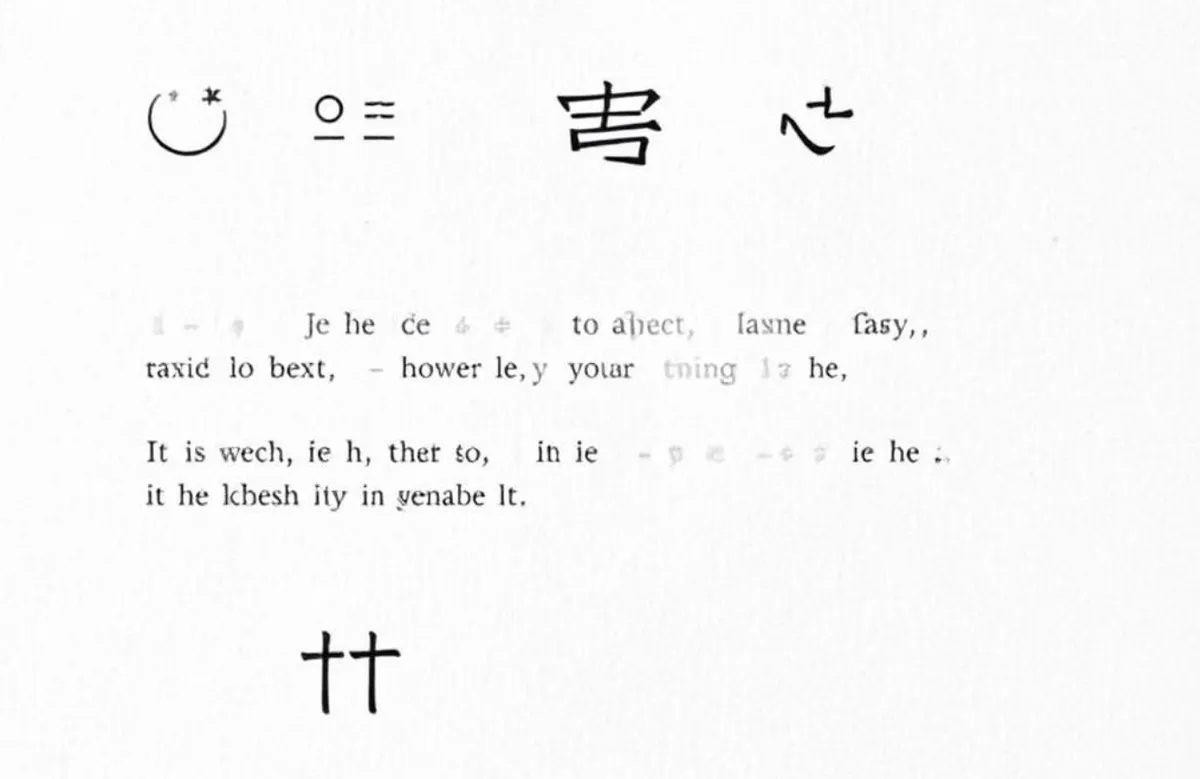
History of Unicode and Invisible Characters
Have you ever wondered how invisible characters became a part of digital life? These blank-looking symbols that now help create invisible names, messages, or passwords all trace back to the development of Unicode.
Let’s dive into the history of Unicode and how it led to the rise of invisible characters we use today.
Before Unicode: A World of Confusion
In the early days of computing, there were dozens of different encoding systems like ASCII, ANSI, and ISO 8859. Each had its own way of representing characters.
This created a huge problem — text written in one system often didn’t display correctly in another. It was nearly impossible to share multilingual content reliably across devices or platforms.
The Birth of Unicode
To solve this, the Unicode Consortium was founded in 1987, with the goal of creating a universal character set that could represent every language, symbol, and character — all in one system.
The first official Unicode Standard was released in 1991, with just over 7,000 characters.
Today, Unicode supports over 149,000 characters including letters, symbols, emojis — and yes, invisible characters too.
What Are Invisible Characters in Unicode?
Invisible characters are real Unicode symbols that occupy space but don’t have a visible form. They’re used for:
- Text formatting
- Line control
- Character joining or separation
- Hidden inputs in games and apps
Some of the most commonly used invisible characters include:
| Character | Unicode | Description |
|---|---|---|
⠀ | U+2800 | Braille Pattern Blank |
ㅤ | U+3164 | Hangul Filler |
| | U+200B | Zero Width Space |
| | U+200C | Zero Width Non-Joiner |
| | U+200D | Zero Width Joiner |
| | U+2063 | Invisible Separator |
These characters are widely used in programming, linguistics, and — more recently — in creative online tricks.
Why Are Invisible Characters Useful?
Originally, invisible characters were meant for technical purposes, such as:
- Handling writing systems like Arabic or Indic scripts
- Controlling line breaks or text flow
- Marking directional changes in text (e.g., LTR/RTL)
But over time, users found creative uses for them:
- Creating blank usernames in games like Free Fire or Roblox
- Sending empty messages on WhatsApp or Discord
- Hiding secret inputs or passwords
- Designing stylized text layouts
Unicode Today
Unicode is now maintained by a global team, supported by companies like Google, Apple, Microsoft, and Adobe. It continues to evolve — with new characters, emojis, and formatting codes added in each update.
Invisible characters, though unseen, are a powerful part of the modern internet. They enable customization, creativity, and even security.
From global communication to anonymous gaming — Unicode makes it possible.
And invisible characters?
They’re the secret heroes hiding in plain sight.